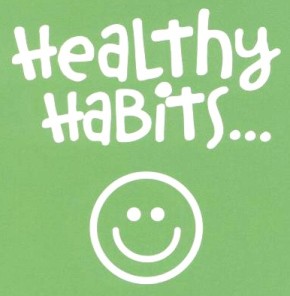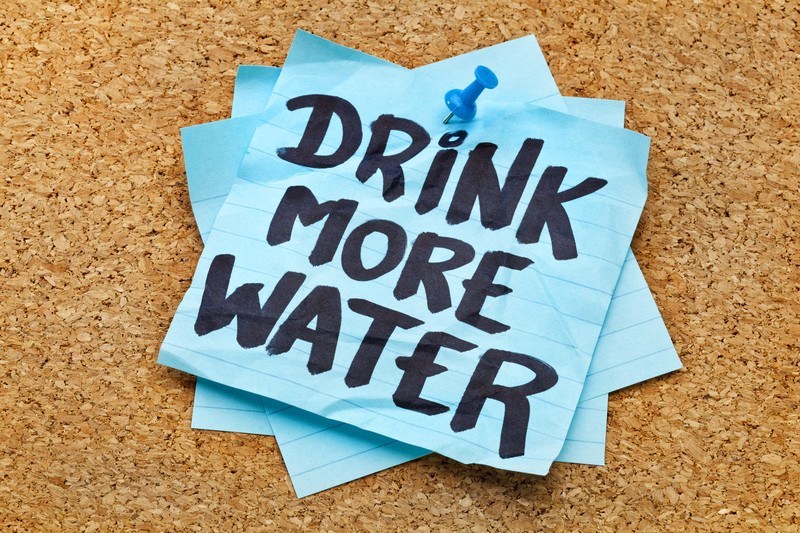We’ve been talking a lot about choices, habits, and disciplines. And this week I’d like to continue this discussion by focusing in on habits.
Why? Because I firmly believe that understanding and improving our habits is key to making lasting positive changes in our lives.
So where do our habits come from?
I believe they’re a direct result of the choices we make, compounded over time. Some of our choices are made consciously, while others occur unconsciously.
I think we’ve all heard the statistic that it takes 21 days to form a new habit. I’ve also read that it’s actually 66 days; not 21.
But don’t worry, I’m not here to prove who’s right and who’s wrong. Suffice it to say, it takes some time and effort to build a new habit.
So I’d prefer instead to discuss how new habits are formed.
Why?
So we can build better ones. Healthier habits in this case. By learning about what we are currently doing, and how this influences the results we are getting, or not getting.
Once we understand this, we can consciously begin to make the right changes. Or better choices…
These changes take time to materialize. Whether it’s 21 or 66 days, or something in between, it all begins with the choices we make.
And consistency is key.
When you get this under control, your results begin to compound.
There’s a simple formula for developing new healthy habits:
- It starts with a “conscious awareness”, which helps us understand what we are doing, or not doing.
- From here, we can determine “what” we want (or need) to change.
- Then we need to map out the positive “choices” we intend to start making.
- We take action by consciously “making” these new positive choices, consistently.
- The “consistency” of these new choices begin to build your new healthy “habits”.
- As these new habits take shape, and more consistency is applied, “disciplines develop”.
- These new disciplines become part of you and your “lifestyle”.
- Now you’ve got some momentum on your side and simply need to “manage the process”.
Viola!!!
You’ve just developed a new healthy discipline!
Now it’s time to “continue adding” new healthy choices to your daily routine, one at a time.
So what’s the best way to obtain or gain this conscious awareness?
I’m glad you asked…
TRACKING!
Think about it. You’re probably already be doing this in some form, whether you realize it or not.
What is tracking?
Tracking is a process of consciously keeping tabs on something that you want to start or stop doing. In either case, you’re trying to improve something.
As Darren Hardy puts it in The Compound Effect: “Tracking works because it brings moment-to-moment awareness to the actions you take in the area of your life you want to improve.”
What’s the first thing you should track?
We need a “conscious awareness” of what we are currently doing, or not doing. And we need to take it one step at a time.
So pick one thing and track it for a week or two.
For example, if you want to start drinking more water, begin by tracking how much water you currently drink.
Maybe it’s not much at the moment. Perhaps you’re drinking soda, and want to stop doing that. And replace that soda with water.
Okay, now we’re on to something.
Keep a small piece of paper in your pocket. And write down every time you drink a glass (or a bottle) of water or soda.
Do this every day for a week or two.
Remember, the first thing we are trying to do is gain a conscious awareness of what we are doing, or not doing.
Is it difficult to do this? No. Is it inconvenient? Maybe. Is it worth the effort? Yes. So just do it!
Here’s the small piece of paper I referred to. It doesn’t have to be fancy. The simpler the better. Take an 8 ½ x 11 blank sheet of paper and fold it in half to 5 ½ x 8 ½. Fold it in half again to 4 ¼ x 5 ½. Fold it in half again to 2 ¾ x 4 ¼.
As you track your water and soda consumption, you may notice that your choices start getting healthier. If so, that’s great. You’re beginning to make healthier choices as a result of your conscious awareness. If not, don’t worry.
Once we get a handle in a week or two, we will begin to consciously reinforce the healthier choice (aka our future habit) we want to make.
So what do ‘ya think?
Can ‘ya do it?
I believe you can.
For the next week, I want you to track one thing. Like the water/soda example above if that’s helpful. After all, water is the first pillar. So that would be a good one to start with.
If you have already mastered that one, pick another area to improve.
For example, your daily steps, the number of workouts you complete per week, the number of calories you burn during each workout, the number of times you said “no thank you” to dessert or fast food. Or yes to breakfast. You get the point.
Next week we’ll build on this concept and take it a step further.
Thank you for sharing your time with me.
I hope you found value in this post.
Now it’s time for YOU to take action…
I’d love for you to let me know what you think by leaving a comment. Is the content valuable and helpful? Did anything resonate? What else would you like to see in future posts? I welcome your feedback.
What’s your Win to be Thin?
If you know someone that can benefit from this content, share it with them. And if you like what you see, SUBSCRIBE for automatic updates when new posts are published.
You can also LIKE US on Facebook, and spread the word about www.thin2win.net with your friends, family and social circles.
#habits




Great info! Just what I needed, thanks.
Thanks Mark. I appreciate the feedback.